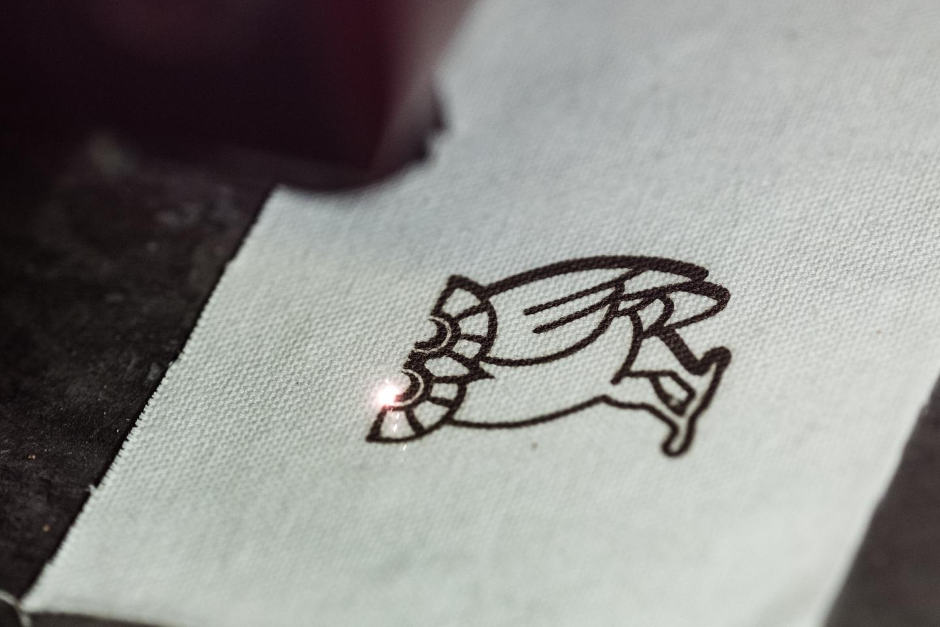Lasing technique adds graphene to multiple substrates
Scientists at Rice University have shown that laser-induced graphene can be applied to a number of substrates in air at ambient temperatures, an advance with applications including food security.

The latest finding comes from the laboratory of chemist James Tour, who is investigating ways of writing graphene patterns onto food and other materials to embed devices such as conductive identification tags and sensors into products.
The new work, which is reported in ACS Nano, demonstrated that laser-induced graphene can be burned into paper, cardboard, cloth, coal and certain foods.
"Very often, we don't see the advantage of something until we make it available," Tour said in a statement. "Perhaps all food will have a tiny RFID tag that gives you information about where it's been, how long it's been stored, its country and city of origin and the path it took to get to your table."
LIG tags could also be used as sensors that detect E. coli or other microorganisms on food. "They could light up and give you a signal that you don't want to eat this," Tour said. "All that could be placed not on a separate tag on the food, but on the food itself."
Register now to continue reading
Thanks for visiting The Engineer. You’ve now reached your monthly limit of news stories. Register for free to unlock unlimited access to all of our news coverage, as well as premium content including opinion, in-depth features and special reports.
Benefits of registering
-
In-depth insights and coverage of key emerging trends
-
Unrestricted access to special reports throughout the year
-
Daily technology news delivered straight to your inbox










National Gas receives funding to develop Gravitricity underground hydrogen storage system
There can't possibly ever be a '<i>business</i>' case for the <i><b>bulk</b></i> storage of hydrogen, since Green hydrogen electrolysis...